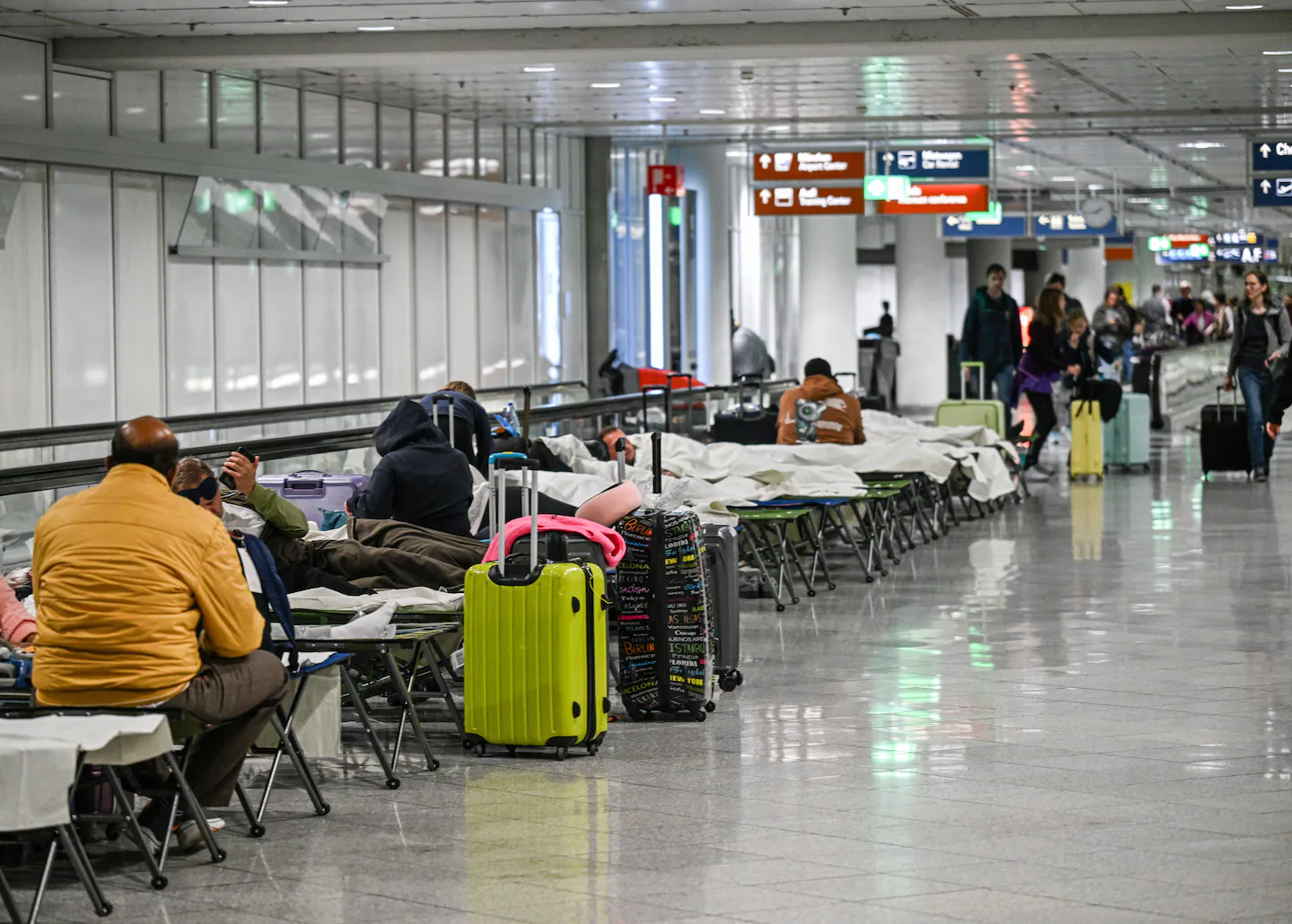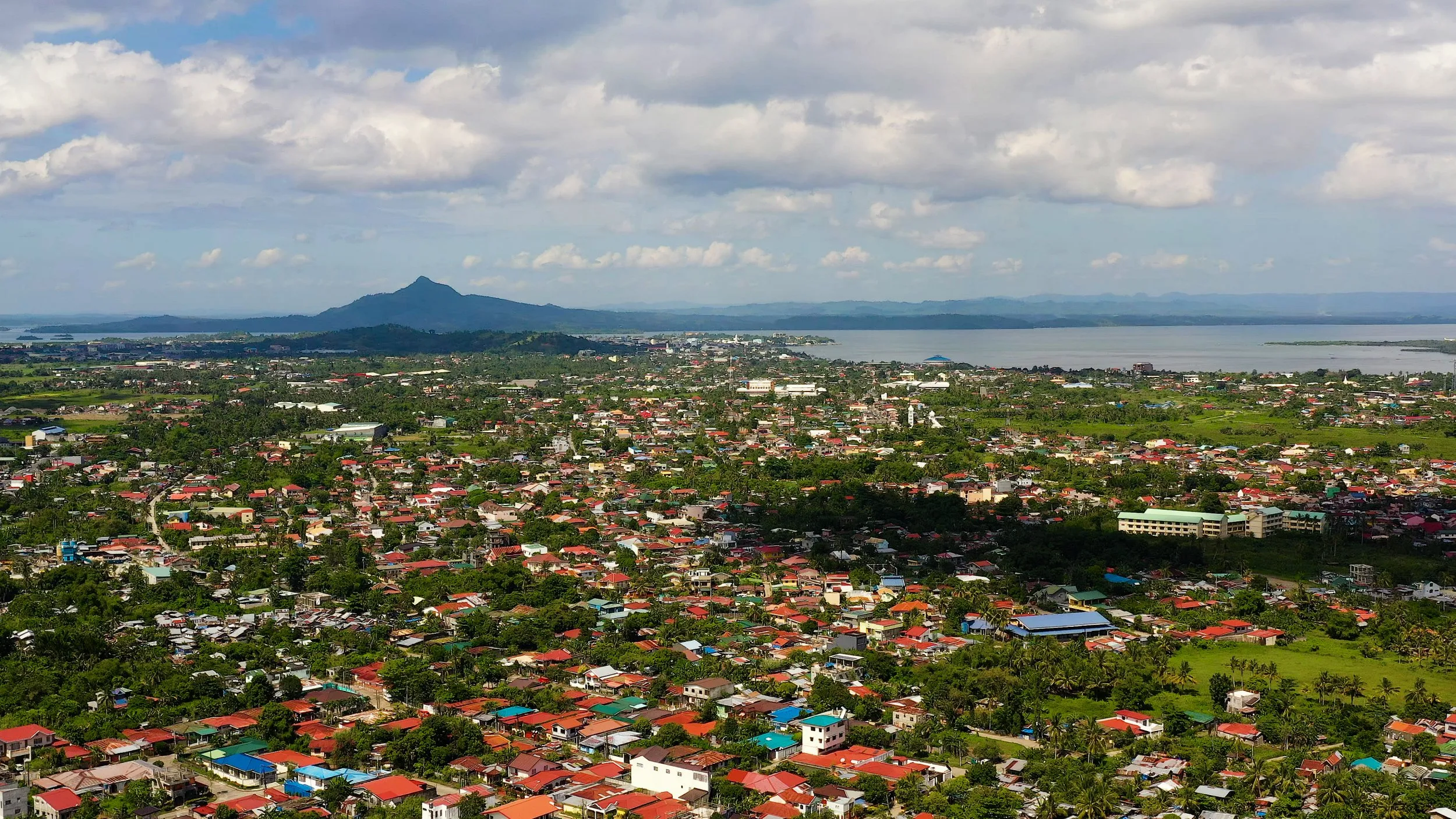
The European Union has proposed building a “drone wall” to defend its eastern borders after recent reports of drones crossing into the airspace of Poland, Romania, and Denmark, which have left European capitals on edge.
The EU’s plan is not to build an actual wall, but rather a network of sensors, signal jammers, and other military technology to find and intercept drones that have become a signature part of Russia’s attacks in its war in Ukraine.
The continent’s leaders acknowledge they are not well-prepared for the emerging threat of low-cost drones as NATO has relied on expensive equipment, including fighter jets, to respond to the incidents.
Countries in Eastern Europe, such as Poland and the Baltic states, have endorsed the drone shield plan. But it was met with skepticism from their neighbors farther west and south, as the EU’s 27 national leaders gathered in Copenhagen on Tuesday for a summit dominated by discussion of drones and defense policy.
European officials agree on the need to enhance anti-drone systems, but some have voiced reservations about the project’s financing, command-and-control capabilities, and even its name. Some European diplomats have questioned whether the European Commission, the EU’s executive branch, is overstepping or overpromising.
French President Emmanuel Macron, a staunch supporter of European defense plans, called for managing expectations.
“Drones and anti-drones are a top priority,” he told reporters Thursday. “At the same time, I think we have to be very clear with our people … there is no wall, a perfect drone wall for Europe. We’re speaking about a more than 3,000 kilometers border, do you think it’s totally feasible? The answer is ‘no.’ We have to scale up our capacities … we need a full-fledged approach.”
German Defense Minister Boris Pistorius also called for realism. “We are not talking about a concept that will be implemented in the next three or four years,” Pistorius said earlier this week.
The EU’s defense commissioner, Andrius Kubilius, who has championed the idea, has stated that a key element, the detection system, could be operational within a year. EU officials have offered to arrange financing and to work with Ukraine to develop systems already tested on the battlefield to defend against Russian drone attacks.
As the plan would draw on EU financing support, its advocates have sought the backing of their neighbors farther from the borders of Russia and Ukraine.
Leaders of Mediterranean countries, however, who have different security sensibilities, also dampen the “drone wall” buzz. Italian Prime Minister Giorgia Meloni said at the EU summit that defense projects, largely focused on its eastern flank, should not neglect other regions of the bloc.
Officials in Finland, which shares a long border with Russia, have been quick to recall that they stood by their neighbors during the pandemic and other crises, and now expect solidarity — or in the words of Finnish Defense Minister Antti Häkkänen: “Now it’s our turn.”
Last month, NATO said its fighter jets shot down three of several drones that crossed into Polish skies, in what some European leaders called a provocation from Russia to test the Western alliance. NATO also said it repelled three Russian fighter jets from Estonia’s airspace. The Kremlin has dismissed the accusations.
Denmark reported mysterious drone sightings in recent days that caused airport closures ahead of the EU meeting in the capital. However, authorities did not identify the drones and did not specifically blame Moscow.
Still, Danish Prime Minister Mette Frederiksen and others point to the cases as proof that the continent needs better drone defenses against Russia.
“We have to invest in drone technology in countering drones,” Frederiksen said at the summit. “I don’t really care about the name as long as it works.”



